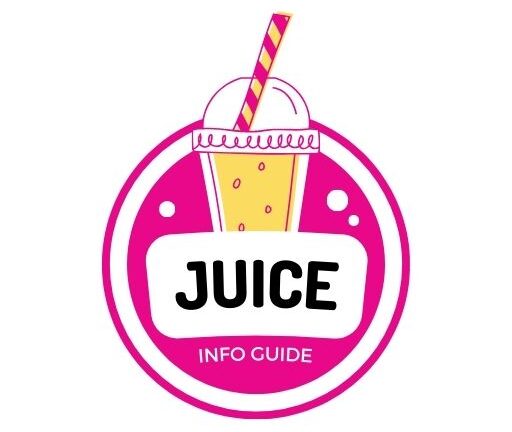Orange juice is a breakfast staple, a refreshing drink, and a powerhouse of nutrients. Among its many health benefits, one of the most celebrated is its high content of ascorbic acid, commonly known as vitamin C. But how much ascorbic acid is really in your glass of orange juice? Let’s explore the science behind this citrus superstar and uncover the factors that influence its vitamin C levels.
The Vitamin C Power of Orange Juice
Vitamin C, or ascorbic acid, is an essential nutrient that plays a pivotal role in our health. It supports immune function, aids in collagen production, enhances iron absorption, and acts as a potent antioxidant to protect cells from damage. For adults, the recommended daily intake is 90 mg for men and 75 mg for women. A single glass of orange juice can help you meet these needs—but the exact amount of vitamin C depends on several factors.
Freshly Squeezed vs. Commercial Orange Juice
The type of orange juice you consume makes a big difference in its ascorbic acid content:
– Freshly Squeezed Orange Juice: Fresh orange juice typically contains higher levels of active vitamin C compared to processed varieties. Studies show that freshly squeezed orange juice can have up to 50 mg of ascorbic acid per 100 ml. This means an 8-ounce (240 ml) glass could provide around 120 mg of vitamin C—more than enough for your daily needs.
– Commercial Orange Juice: Store-bought juices, especially pasteurized ones, often contain less vitamin C due to heat processing and storage conditions. Pasteurized orange juice may range from 30 to 70 mg of vitamin C per 100 ml depending on the brand and storage time.
Factors That Affect Ascorbic Acid Levels
Several factors influence how much vitamin C remains in your orange juice by the time it reaches your glass:
1. Processing Methods
Pasteurization, a common method used to extend the shelf life of commercial orange juice, involves heating the juice. Unfortunately, this process can degrade some of the ascorbic acid content. Freshly squeezed juices retain more active vitamin C because they avoid this heat exposure.
2. Storage Conditions
Vitamin C is highly sensitive to oxygen, light, and temperature. Even after packaging, exposure to air or light can lead to oxidation and a gradual loss of ascorbic acid. For example:
– Refrigerated orange juice can lose up to 50% of its vitamin C content after just four weeks.
– Juice stored in clear containers exposed to light may deteriorate faster than those kept in opaque or dark bottles.
3. Type of Oranges Used
Different varieties of oranges naturally contain varying levels of vitamin C. Valencia oranges, often used for juicing, are known for their high ascorbic acid content compared to Navel oranges.
4. Packaging
Juices stored in glass or aluminum containers tend to preserve vitamin C better than those in plastic bottles due to reduced oxygen permeability.
How Much Vitamin C Is in Your Glass?
Here’s a quick breakdown of typical ascorbic acid levels in different types of orange juice:
| Type of Orange Juice | Vitamin C Content (mg/100 ml) |
|---|---|
| Freshly Squeezed | 40–50 |
| Pasteurized (Chilled) | 30–40 |
| Reconstituted from Concentrate | 20–30 |
For an average 8-ounce (240 ml) serving:
– Freshly squeezed juice could provide up to 120 mg.
– Pasteurized juice may offer around 90 mg.
– Concentrated juices might deliver only 60–70 mg.
Tips for Maximizing Vitamin C Intake from Orange Juice
If you want to get the most out of your orange juice, here are some tips:
- Choose Fresh Over Processed: Whenever possible, opt for freshly squeezed orange juice to enjoy maximum ascorbic acid content.
- Store Properly: Keep your orange juice refrigerated and consume it quickly after opening to minimize nutrient loss.
- Avoid Prolonged Exposure: Use opaque containers or store juices away from direct light to reduce oxidation.
- Drink It Quickly: The longer orange juice sits after being prepared or opened, the more vitamin C it loses.
Orange juice is undeniably one of the best sources of natural vitamin C available. Whether you prefer it fresh or store-bought, understanding how much ascorbic acid it contains—and how to preserve it—can help you make the most out of every sip! So next time you pour yourself a glass, you’ll know exactly how much goodness you’re drinking!
